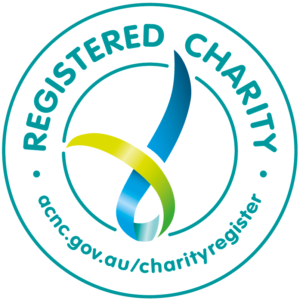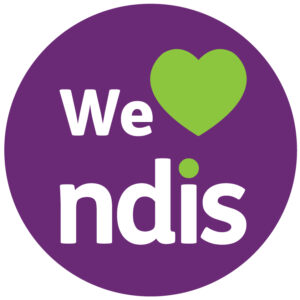We’re excited to announce that our Challenge Allied Health team is now offering EMDR at our Tamworth location. This evidence-based treatment is a valuable addition to our suite of allied health services, offering new hope for people living with the effects of trauma and other mental health challenges.
In this article, we’ll explore what EMDR therapy is, how it works, what it can treat, and how it differs from traditional talk therapy.
What is EMDR Therapy?
EMDR stands for Eye Movement Desensitisation and Reprocessing. It is a structured therapy developed in the late 1980s by psychologist Francine Shapiro. EMDR is best known for its use in treating post-traumatic stress disorder (PTSD), but it is also effective for a wide range of other psychological issues.
Unlike traditional talk therapies that focus heavily on discussing and analysing distressing events, EMDR helps individuals process traumatic memories in a way that reduces their emotional impact. The therapy is based on the idea that psychological distress is often rooted in unprocessed traumatic memories.
According to the World Health Organization and the Australian Psychological Society, EMDR is considered a frontline treatment for trauma and PTSD (WHO, 2013; APS, 2020).
How does EMDR work?
EMDR therapy follows a structured eight-phase protocol that includes:
- History taking and treatment planning
- Preparation
- Assessment
- Desensitisation
- Installation
- Body scan
- Closure
- Re-evaluation
During the core part of EMDR (the desensitisation phase), the therapist helps the client bring a distressing memory to mind while simultaneously engaging in a process called bilateral stimulation.
Bilateral stimulation is a rhythmic, alternating stimulation of the left and right sides of the body. This is often done through guided eye movements, where the client follows the therapist’s fingers or a moving light back and forth across their visual field. However, other forms of bilateral stimulation can be used, such as alternating auditory tones through headphones or tactile taps delivered to the hands.
Although the exact neurological mechanism is still being studied, bilateral stimulation appears to support the brain’s ability to reprocess traumatic memories in a way that reduces their emotional intensity. It is thought to mimic the natural information processing that occurs during REM sleep, when the brain consolidates and integrates experiences. This helps the individual move from a state of distress or dysfunction to a more adaptive understanding and response.
Importantly, clients remain in control throughout the process and are supported by the therapist to ensure safety and emotional regulation during each session.
The goal of EMDR is not to erase the memory but to allow the brain to reframe it so that it no longer feels threatening or overwhelming. The emotional charge linked to the memory is significantly reduced, and clients often report feeling a sense of relief or closure after successful sessions.
What can EMDR treat?
EMDR is most commonly associated with the treatment of trauma and PTSD, but research shows it can also be beneficial for:
- Anxiety and panic disorders
- Depression
- Phobias
- Grief and loss
- Chronic pain
- Addictions
- Disturbing life experiences, such as bullying, medical trauma, or accidents
A meta-analysis published in the Journal of Anxiety Disorders found EMDR to be as effective as cognitive behavioural therapy (CBT) in reducing PTSD symptoms, and in some cases, faster in delivering relief (Chen et al., 2014).
How is EMDR different from Talk Therapy?
While both EMDR and traditional talk therapy aim to help individuals manage and resolve emotional difficulties, their approaches differ significantly:
- Less talking, more processing: EMDR involves minimal verbal discussion of the traumatic event. The focus is on how the memory is stored in the brain, not the details of the experience.
- Bilateral stimulation: EMDR uses physical techniques like guided eye movements to activate the brain’s natural healing processes. This sets it apart from talk-based therapies that rely on dialogue and reflection.
- Guided and time-focused: With a set structure in place, EMDR can sometimes achieve results in fewer sessions than traditional therapy, depending on the individual’s needs.
- Neurobiological focus: EMDR aligns with modern understandings of how trauma affects the brain and nervous system, offering a physiological as well as psychological pathway to healing.
Accessing EMDR Therapy in Tamworth
At Challenge Community Services, our EMDR therapy services are delivered by qualified psychologists who have received accredited EMDR training. Sessions are available under Medicare with a Mental Health Care Plan (MHCP) or NDIS where applicable, and private referrals are also welcome.
If you or someone you know is experiencing the ongoing effects of trauma, anxiety, or other mental health challenges, EMDR could be a valuable treatment option.
To learn more or book an appointment, get in touch with our Tamworth allied health team today.














